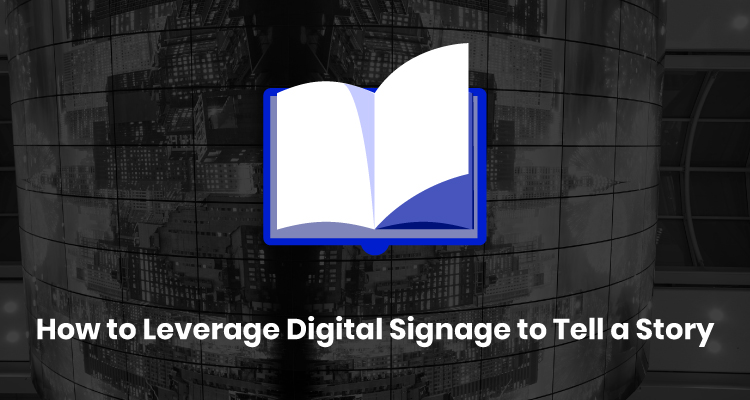Why Digital Signs Are Important
David Little
Director or Marketing, Keywest Technology
Digital signage has become an important new communications medium. Here’s a look at the basics of why that’s so.
We often read so much about the technology of digital signage that we can forget what this technology is all about — getting communication results that go above and beyond non-digital efforts.
Sure the technology is cool, but most business managers want to add value to their efforts and ultimately to their businesses. That’s why digital signs are important.

Let’s get back to the basics of digital signage — specifically, why should professional communicators and managers turn to digital signage to convey their important messages? Actually, there are several reasons, including:
- To increase a company’s visibility. One of the biggest problems retailers have when it comes to self-promotion is cutting through all of the marketing noise generated by every other business –be it on radio or TV, in newspapers and magazines or from competing store front signs. Digital signage can cut through those distractions by attracting and directing the attention of the most important potential buyers of all –those in a store who are ready to spend money on a purchase.
- To help solidify relationships with customers and vendors. Consider an auto dealership waiting room with customers seated waiting for their cars to be fixed. With well-positioned digital signage messaging –as opposed to an ordinary TV displaying a cable news channel- the dealership can promote special offers aimed at its captive digital signage audience as a reward for choosing to do business with the dealership. Or, in a corporate setting, a digital sign in the lobby can be used to welcome scheduled vendors, guests and other visitors as they arrive – a simple move that builds goodwill.
- To deliver critical information more efficiently. In times of emergency, an existing digital signage network can be a lifesaver, providing critically important messages alerting employees, customers and other guests of exit locations, storm shelters and other vital information. Look for digital signage systems that have the ability to display local alerts instantly by sourcing third-party Emergency Alert Software (EAS) information, providing instant text alerts as well as coordinated signage that gives up-to-the-second information to all concerned.
- To save time. Preparing a static, printed sign is labor-intensive, expensive and time-consuming. The same message can be created and displayed far more quickly with a digital sign. Add to that the recurring expense of printing new signs as needs change versus simply updating a digital sign with a few keystrokes and it doesn’t take long to begin earning a tidy ROI from a digital sign.
- To attract greater attention than is possible with static, printed signs. The other drawback of print is that it is static. Human brains are programmed for motion. Our eyes are automatically drawn to moving objects. Digital signs displaying full of motion video are dynamic not static. They tap into something that is innately human to demand attention and hold it.
- To increase the efficiency of employees. Emails don’t work well, especially in a production environment. Imagine an industrial plant where management wants to communicate vital information to hundreds of workers. Perhaps it’s production quotas vs. actual performance; perhaps it’s mean time between accidental employee injuries; perhaps it’s delivery information regarding vital components that are en route. In all of these instances –and others too numerous to recount here- digital signage has the ability to convey important information to a workforce that is vital to employees maintaining a safe, efficient environment.
There you have it – many reasons why digital signage is an important, effective communications alternative that professional communicators and managers can no longer ignore. Sometimes it’s good to get back to basics.
Digital signage…
- Can increase your company’s visibility,
- Can help solidify your customer and vendor relationships,
- Can deliver critical information more efficiently,
- Saves time,
- Attracts attention better than static signs,
- Can increase the efficiency of your employees.
And, digital signage can be less expensive than what you are already using.
What do you think?
This column was reprinted with permission from the Digital Screenmedia Association and originally appeared here.




